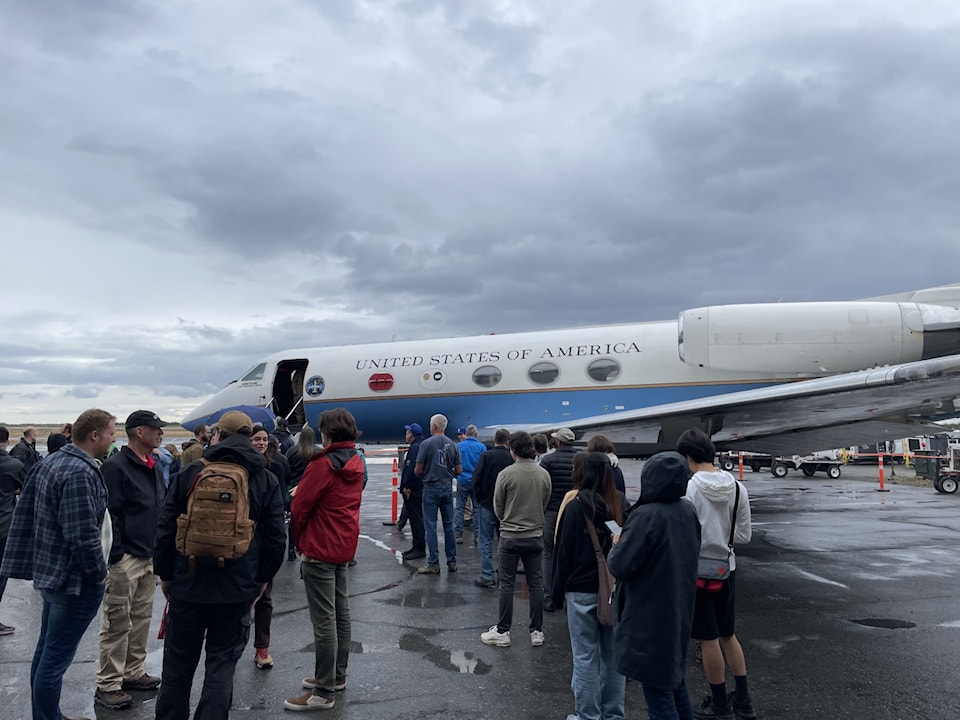NASA officials stopped by Yellowknife on Aug. 15 to talk shop about the Arctic-Boreal Vulnerability Experiment (ABoVE) program.
With the help of a plane and some radar equipment, the team at NASA maps the NWT's landscape and compares it year over year. The scientists are looking for things like melting permafrost or the scarring of the landscape after a wildfire.
Charles Miller, one of the visiting crew members, said, "We've been coming to the North for the last 10 years with the goal of observing whether or not the rapid change that's happening here is making the ecosystems more vulnerable to change or whether they have enough internal strength to be resilient to that change."
As it turns out, they've found both so far, said Miller, adding that some parts of the ecosystem here are able to take the knocks that come with continued climate change while other parts are not holding up as well.
"The main parts of the boreal forest are fairly resilient, but the tundra seems to be changing much more rapidly," he observed.
Miller gave the example of shrubs growing on the tundra as one instance of change. Some shrubs are as tall as a person, he said.
"They're growing because things are warming so dramatically and the permafrost is degrading," he explained. "It's completely changing the nature of the ecosystems."
Miller also noted that the Arctic has been warming much faster than the global mean.
"When people say there's been a global temperature increase of one-and-a-half degrees, here in Yellowknife that might be closer to four, five, six degrees change."
He also pointed to extremely low water levels.
"Looking at some of the lakes, it looks like there are beaches around the shorelines and there shouldn't be any beaches," said Miller, talking about Great Slave Lake. He added it must be its exposed lake bed.
Greg Nelson, one of the pilots for the ABoVE project, explained the plane carries about eight people in the back and two up front. They fly at an elevation of 41,000 feet.
"We're above almost all the airliner traffic, we're not really impacting them," he said.
According to the GNWT, more than four million hectares of forest burned during the 2023 wildfire season. Last year's winter was also reported as being the warmest on record.



